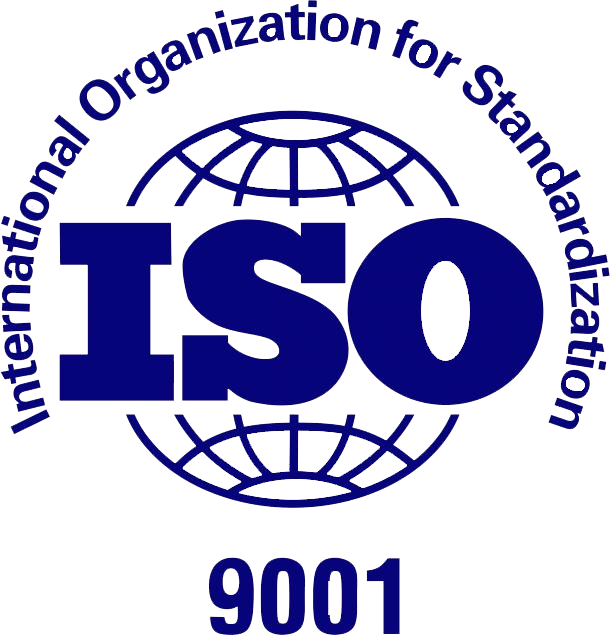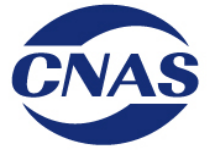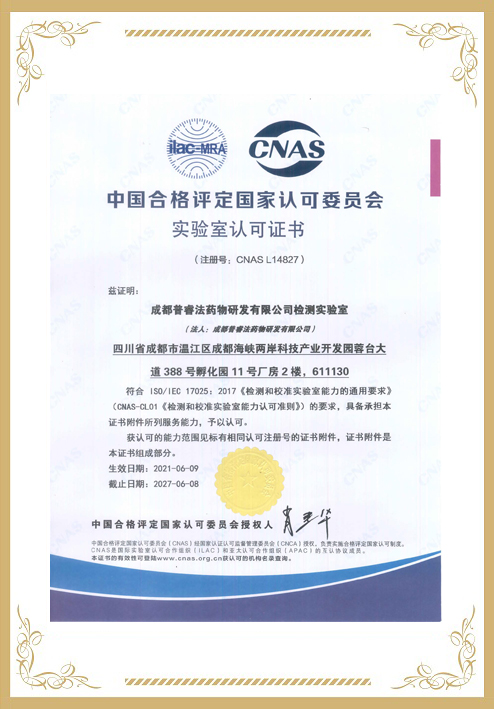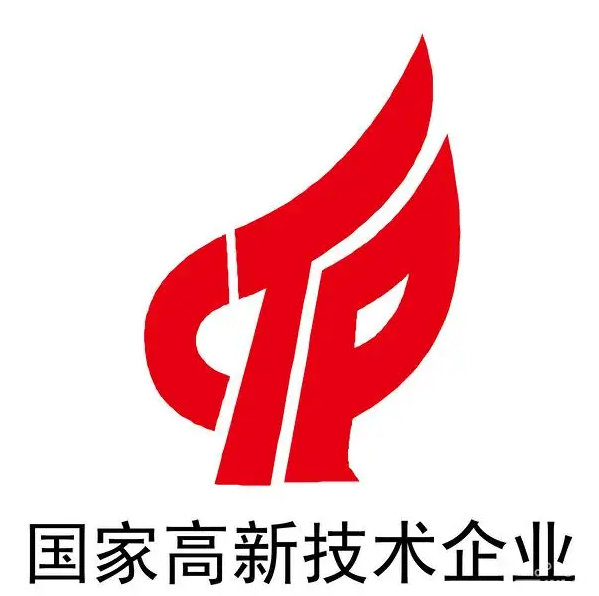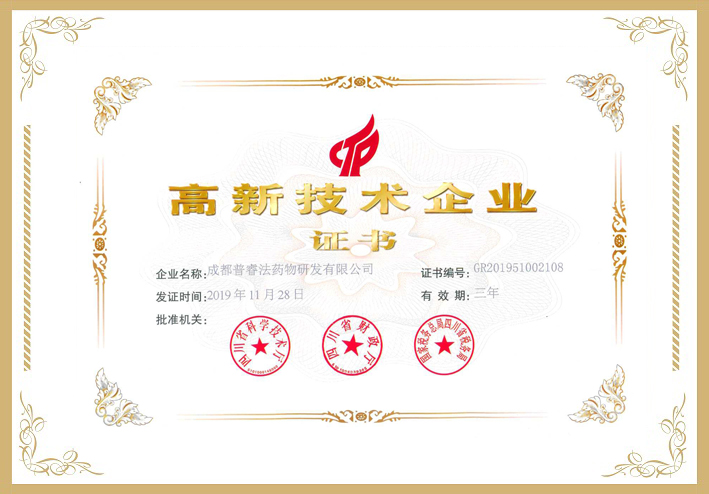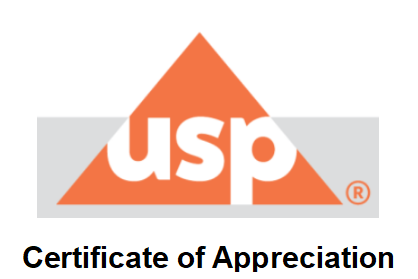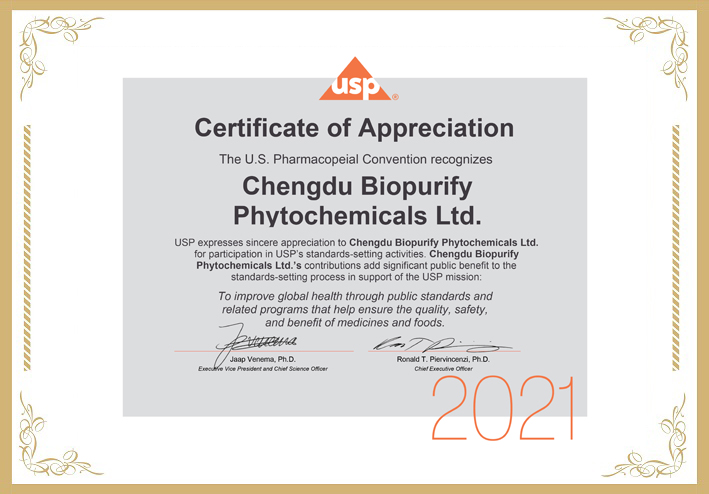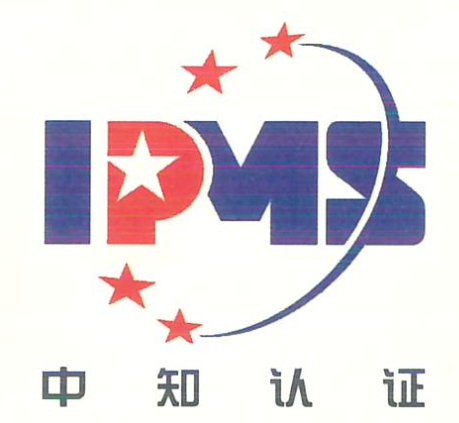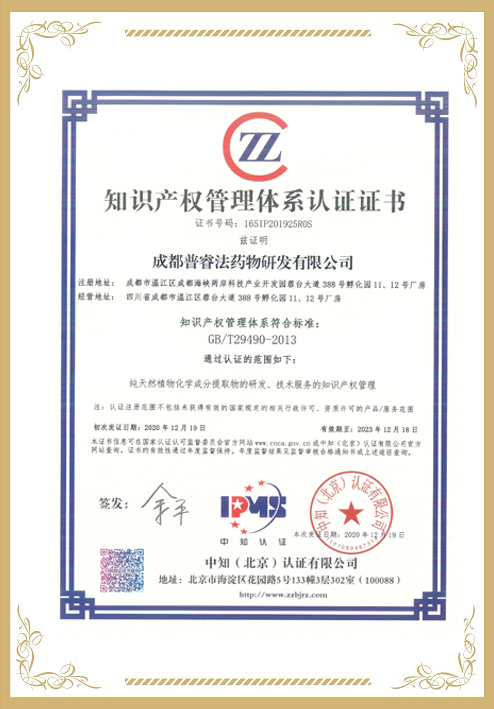BackgroundThe NLRP3 inflammasome is a key regulator of innate immunity and plays a critical role in the pathogenesis of various inflammatory diseases. Regulating NLRP3 has emerged as a promising strategy for the development of anti-inflammatory therapies. Valtrate (Val), a natural compound derived from Valeriana officinalis Jones, has demonstrated significant anti-inflammatory activity. However, its precise mechanism of action remains unclear.PurposeThis study elucidates the molecular mechanisms of Val suppressing NLRP3 inflammasome activation.MethodsWe screened 100 natural compounds for anti-pyroptotic in lipopolysaccharide (LPS)/nigericin-stimulated THP-1 cells and bone marrow-derived macrophages (BMDMs) using lactate dehydrogenase (LDH) release assays. Val's effect on NLRP3 were assessed via immunoblotting and ELISA. Target identification employed DARTS, proteomics, thermal shift assay (TSA), microscale thermophoresis (MST), and molecular dynamics (MD) simulations. In vivo efficacy was evaluated in acetaminophen (APAP)- and LPS-induced liver injury models.ResultsVal potently inhibited pyroptosis (99.2% LDH reduction) and selectively degraded NLRP3 via post-translation mechanisms (PTMs) without altering its mRNA. DARTS and CETSA confirmed that Val directly interacts with the C2 fragment of USP9X without inhibiting its enzymatic activity, while RMSD, RMSF, and Gibbs energy landscape analyses supported its stable binding to USP9X, which was further confirmed by MST. Mechanistically, Val downregulated USP9X protein expression and promoted K48- and K63-linked ubiquitination and proteasomal degradation of NLRP3. In vivo, Val exhibited therapeutic potential in murine models of acute liver injury induced by APAP and LPS. Val reduced serum ALT and AST levels, inflammatory cytokines, and liver injury (histopathological analysis (H&E) and TUNEL).ConclusionThis study uncovers an unrecognized mechanism by which Val attenuates NLRP3 inflammasome activation by disrupting the USP9X-NLRP3 axis, thereby promoting NLRP3 ubiquitination and proteasomal degradation. Notably, Val down-regulates USP9X protein levels without impairing its catalytic activity, representing a distinct mechanism from existing USP9X inhibitors. These findings not only deepen our understanding of Val's anti-inflammatory action but also underscore its promise as a lead compound for the development of novel therapeutics targeting NLRP3-driven inflammatory diseases.














